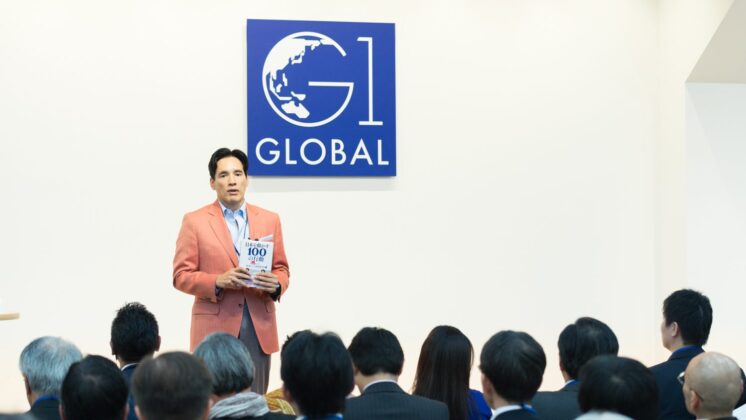Energy problems helped trigger Japan’s participation in World War II. Japan’s energy self-sufficiency ratio is 4% (2006), and if nuclear energy is included—assuming all of it is self-produced—it only reaches 19%. These are the lowest figures among the major advanced countries. Japan is encumbered with the geopolitical risk of depending on certain regions for energy. Each and every citizen therefore needs to think hard for themselves about energy issues.
1. Consider Medium-Term Energy Policy Comprehensively from Four Perspectives
The following four perspectives are important when thinking about energy policy:
1. Energy security
Take into account the need to diversify locations from which resources are imported and sources of energy, increase the self-sufficiency ratio, and so on, and look for an optimal mix of fossil fuels, nuclear power, and renewable energy
2. Impact on the environment and lives
Consider the need to be kind to the environment and human lives by, for example, reducing greenhouse gases emissions.
3. Feasibility, stability, economy
Consider the feasibility (land area required for installation), safety (changes in output due to weather conditions), economy (cost), etc. Renewable forms of energy such as solar and wind power have numerous problems (in terms of cost, stability, CO2 emissions, and land area, i.e. feasibility), and cannot become base load power sources.
4. Exhaustion risk and sustainability (energy for 50 years or 100 years in the future)
Once fossil fuels become exhausted, only nuclear power, including types that combine renewable energy generation with nuclear fusion, will remain. Therefore, technology will need to be developed from a long-term perspective.
2. Press Ahead with Technology Development for Diversification, a Higher Self-Sufficiency Rate, and Cleaner Energy
Further technology development will be vital to diversify locations from which resources are imported and sources of energy and increase the self-sufficiency ratio.
1.Develop methane hydrate and make coal-fired power generation cleaner
2. Develop next-generation forms of nuclear power
3. Invest in hydrogen and battery power
4. Build infrastructure to make smart grids a reality
3. Achieve Balanced Energy Policies and Regulations through the Launch of an Energy Regulation Agency
Basically, all forms of energy pollute the earth. Even solar power requires that mountains be flattened, cultivatable land be used, or greenery be removed over wide areas. Wind power, meanwhile, generates low-frequency sounds, kills birds, and destroys the ecosystems of mountains and seas. Thermal power emits CO2 and pollutes the air. In the case of nuclear power, concerns about radiation need to be taken into account, and locations for the final processing of nuclear waste need to be found. Given the good and bad points of each form of energy, it is necessary to choose and implement energy policies that are kind to the earth’s environment, highly stable, and based on recycling. To achieve balanced energy policies, an Energy Regulation Agency will probably be required. Unlike a Nuclear Power Regulation Agency, it would not regulate just one form of energy. Instead, it would fairly and appropriately regulate all forms of energy use from the standpoints of safety and environmental protection.
4. Speed up Examinations for Putting Nuclear Power Plants Back Online
The total suspension of nuclear power plants is costing the country around 4 trillion yen each year. The soaring electricity charges that it will result in are also likely to affect the real economy. And of course, the power being generated by other means is causing CO2 emissions to rise. Furthermore, it is not necessarily the case that nuclear power plants that are not in operation are safer than those that are. As long as they are filled with fuel, they are exposed to the same risks. We strongly demand that examinations for putting nuclear power plants back into operation be speed up.



